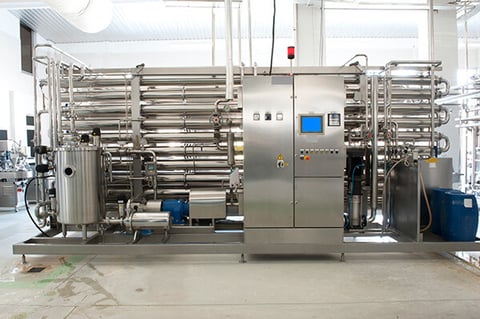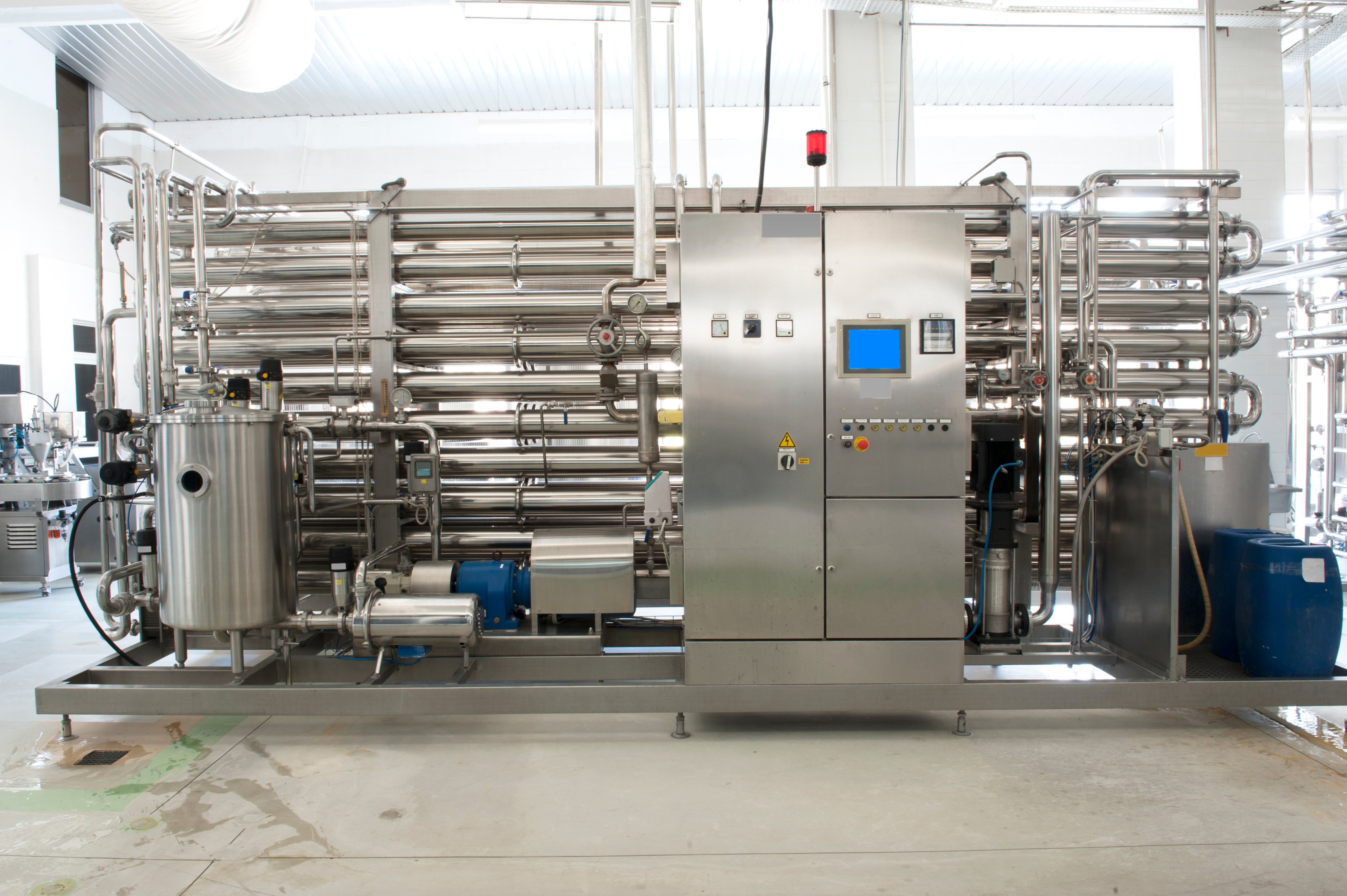
What’s the first treat that comes to mind when you hear the word dessert? From cake and cookies to brownies and ice cream, the options for sweet indulgences are endless. Although desserts share some characteristics, they are also very different and can be further broken down into more subcategories. For example, if cookies were the dessert of choice, the next thing to consider is the type of cookie. Chocolate chip? Peanut butter? Sugar? You get the point.
But what do cookies have to do with stainless steel? Great question. Just like dessert can be categorized into groups and then divided by the type, the same can be done with stainless steel. It’s called families and grades.

What is Stainless Steel?
Stainless steel is a combination of metals known as an alloy. Iron ore, chromium, nickel, silicon, carbon, nitrogen, and manganese are some of the elements that make up stainless steel. Specifically, to be classified as stainless steel, the composition of the alloy must be at least 10.5% chromium.
Benefits of Stainless Steel
The unique properties of stainless steel make it advantageous in a variety of industries, including food and beverage processing, automotive, construction, energy, and medical. Some benefits of stainless steel are corrosion resistance, impact resistance, and fire and heat resistance. Stainless steel is also hygienic.
Corrosion Resistance
The chromium present in stainless steel is what gives the alloy its famous ability to resist tarnishing and rust. The alloy typically responds in a predictable manner to a range of chemicals. For more information about stainless steel’s chemical compatibility, check out Dixon’s interactive Corrosion Resistance Chart on our website.
Impact Resistance
In addition, stainless steel is also known for its durability. The metal is tough, able to endure heavy weight, and is not as brittle as other metals.
Fire and Heat Resistance
The chromium content in stainless steel allows the metal to retain its strength even under harsh conditions. The resilience of stainless steel makes it an ideal choice over other metals when considering fire resistance and prevention.
Hygiene
Stainless steel is extremely hygienic. The smooth, non-porous surface makes the alloy easy to clean and sanitize. This is why commercial kitchens, hospitals, laboratories, and factories almost exclusively rely on stainless steel to maintain sanitary conditions. Learn more about food-grade stainless steel in this blog post.
Stainless Steel Families
The different types of stainless steel are classified into families based on specific properties and the ratio of various metals in the alloy. There are four stainless steel families: austenitic, ferritic, duplex, and martensitic.
Austenitic
Austenitic stainless steel is the most popular and the most widely used around the world. This family of stainless steel includes at least 16% chromium and 6% nickel. Some grades of austenitic stainless steel also include manganese and molybdenum in their composition.
Ferritic
Stainless steel in the ferritic family is composed of plain chromium. Ferritic stainless steels contain 10.5% to 18% chromium. This is one of the most cost-effective families because of the lower nickel content. In addition, ferritic stainless steels are magnetic and offer medium corrosion resistance but low weldability.
Duplex
Duplex stainless steel is a mix of austenite and ferrite. The characteristics depend on the specific alloy. Duplex stainless steel was created to address specific industrial concerns such as weight, toughness, and tensile strength. This family of stainless steel offers high weldability and formability.
Martensitic
This family of stainless steel is the least common. It is used in applications requiring a precise, hardened edge. This family of stainless steel has medium corrosion resistance, and low weldability. Martensitic stainless steel is the leading choice for knives, scissors, razors, and medical tools.

Stainless Steel Grades
Different grades of stainless steel are found within each family. Grades are used to further categorize different types of stainless steel by the specific properties of the alloy. These properties include toughness, magnetism, corrosion resistance, and alloy composition.
There are different types of grading systems for stainless steel. For example, The Society for Automotive Engineers (SAE) has a 3-digit system. The first digit describes the primary alloy element, and the second and third digits describe the carbon percentage. An example of one of SAE’s grades is 304, which is the most common grade in the austenitic family of stainless steel.
ASTM International has its own grading system using 6 digits, which includes letters and numbers. The classification starts with the letter A, representing any ferrous material, and is followed by a sequential series of numbers unrelated to the metal’s properties.
Other organizations have their own grading system, as well. This includes the British Standards (BS), German Standard (DIN), Chinese Standard (GB), European Standard (EN), Japanese Industrial Standards (JIS), and International Organization for Standardization (ISO). Each system is unique, meaning one grade of stainless steel can be represented in multiple ways depending on which system is utilized. For example, SAE’s 304 stainless steel can also be expressed as:
- BS: 304S 15, 304S 16, 304S 18, 304S 25, En58E
- DIN: X5CrNi18-9, X5CrNi18-10, X5CrNi19-9
- EN number: 1.4305, EN name: X8CrNiN18-9
- JIS: SUS 304, SUS 304-CSP
Dixon's Stainless Steel
Dixon manufactures and distributes a wide variety of stainless steel products available in different grades, all of which are a part of the austenitic family.
- 201
- 300
- 302
- 303
- 304
- 315
- 316L
- CF8M: This is the investment casting equivalent to 316
Most of Dixon’s stainless steel products are 304 or 316/316L. 316 and 316L stainless steel are obviously similar, which is why their grades are so close, but they have a few key differences. Stainless steel designated as grade 316 is susceptible to weld decay and is more vulnerable to corrosion. However, it has high tensile strength, is harder, and more ductile or malleable. In contrast, 316L stainless steel has a lower carbon content, which makes it harder than 316 stainless steel. 316L is also weld friendly and more corrosion resistant.
Summary
Understanding the different families and grades of stainless steel is helpful when selecting the ideal characteristics for a specific application. Whether it’s for making the cookies mentioned earlier, building bridges, or used at the doctor’s office, stainless steel is a versatile metal that plays a vital role in our daily lives.
For more information, visit dixonvalve.com or call 877.963.4966.


